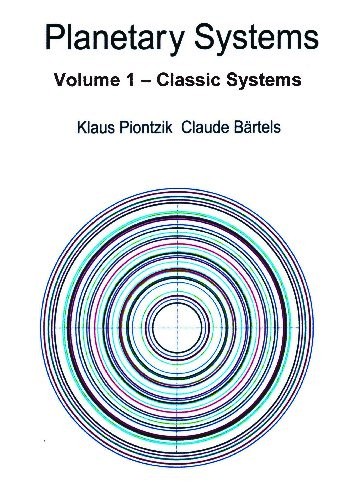| Copyright © Klaus Piontzik | ||
| German Version |
|
The elements that generate the earth's magnetic field are magmatic flows
in the outer core of the earth. Due to the constant repetition of the pole reversal
over the last billion years and the equally constant reconstruction of the field,
it can be concluded that cyclic processes also take place within the currents
that generate the magnetic field (the period length is probably
on the order of several times the precession)
Physical moments such as the Coriolis force, thermal and chemical convection and the reaction of the generated magnetic field on the Earth's core seem to be the engine that keeps the magmatic flows going in the liquid outer Earth's core, i.e. the geodynamo. According to Chapter 5.0, there are two flow systems that are not properly symmetrical to one another and are not firmly coupled or synchronized with one another. But since the geodynamo keeps getting going, the consequence is: |
| 5.5.1 - Theorem: | After a pole reversal, the magnetic oscillation structure rebuilds itself each time. |
| Remark:
But it could also be possible that the tesseral vibration structure does not disappear, even during a pole reversal. The tesseral part of the earth's magnetic field is part of the so-called non-dipole field, i.e. the part that does not belong to the dipole field. The non-dipole field makes up about 14-16% of the total field. A number of pole reversals have already happened on Earth and life has not died out. This suggests that the Earth's magnetic field does not completely disappear when the poles are reversed. Since the dipole field is in flux during a pole reversal and there are times when the dipole character of the field is lost, several weak poles can occur. This means that part of the non-dipole field remains or even strengthens. There is therefore a good probability that the tesseral parts will also be preserved in the event of a polar reversal. |
| 5.5.2 - Conclusion: | The magnetic oscillation structure is a substructure of the entire earth's magnetic field. |
| 5.5.3 - Conclusion: | The equations of Gauss and Weber are not sufficient to completely describe the earth's magnetic field. |
| The Gauss and Weber equations describe the vector character of the field, but not the stratification character. |

|
200 sides, 23 of them in color 154 pictures 38 tables Production und Publishing: ISBN 978-3-7357-3854-7 Price: 25 Euro |